Best monitors for MacBook Air in 2025
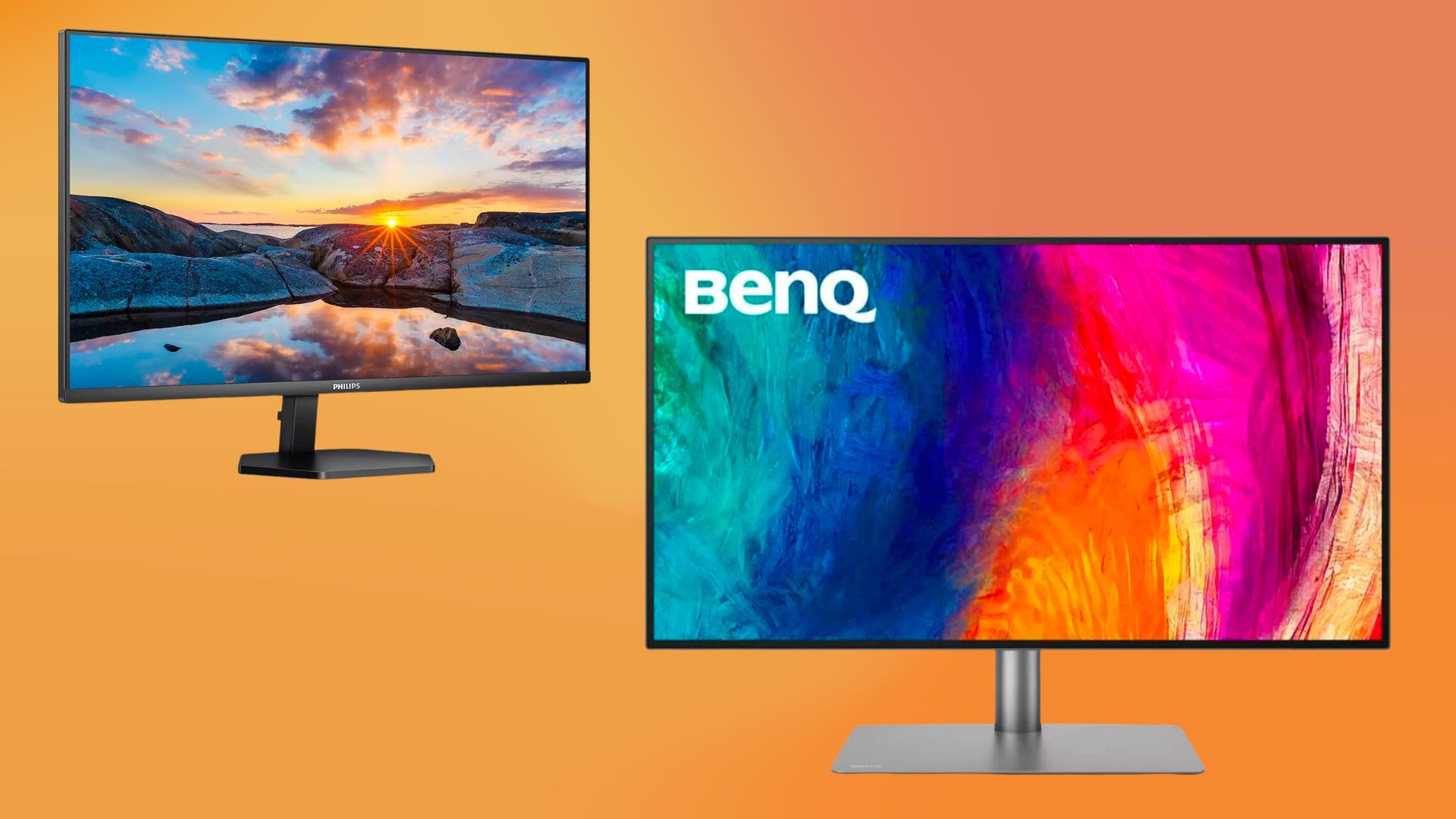
Quick list
1. Best overall
2. Best for gamers
3. Best value
4. Best Premium
5. Best big screen
6. Best budget
7. Q&A
The best monitors for MacBook Air come in all shapes and sizes, with unique selling points and strengths. Since the launch of the M3 MacBook Air, it has even been able to work with two different external displays (as long as it's in clamshell mode) making multiple monitor use even easier.
There are plenty of excellent uses for a second monitor, whether you are a home music producer, a spreadsheet expert, or a professional artist. With the best Macs, you can use the fantastic power of the M chips without it slowing down.
We at iMore have managed to get our hands on tons of monitors, testing them for clarity, resolution, response rate, and so much more. Here are the best monitors for MacBook Air you can use right now.
If you want something to use on the go, make sure to have a look through the best portable monitors and best 4K monitors for Mac while you're here.
Quick list
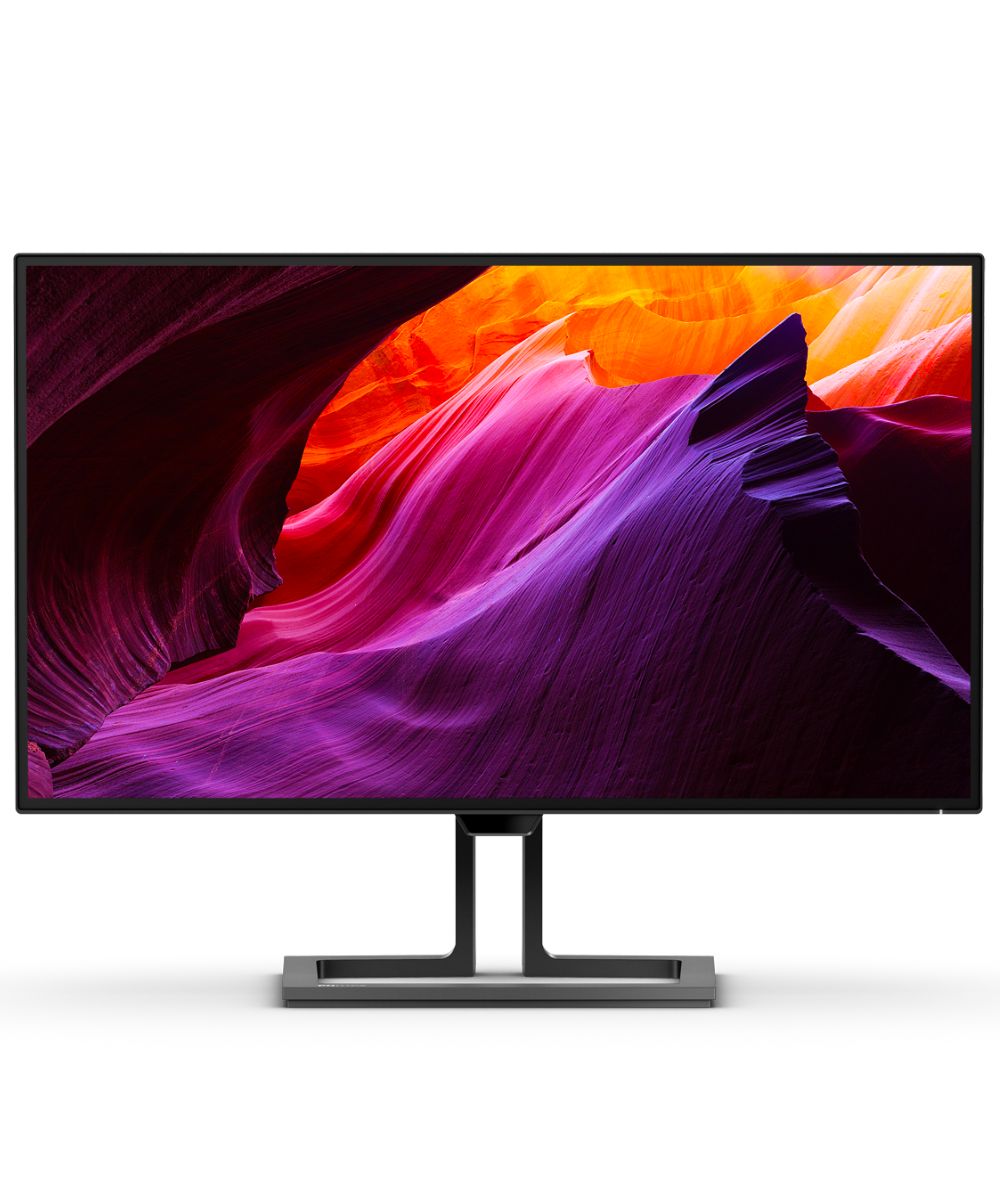
27-inches of colorful, accurate display here, with a bounty of ways to get your MacBook plugged in. It's not cheap, costing over $1000, but it's a very solid monitor. 4K resolution is brilliant for fitting more windows on what is now a fairly average-sized monitor — and remember to buy some separate speakers.
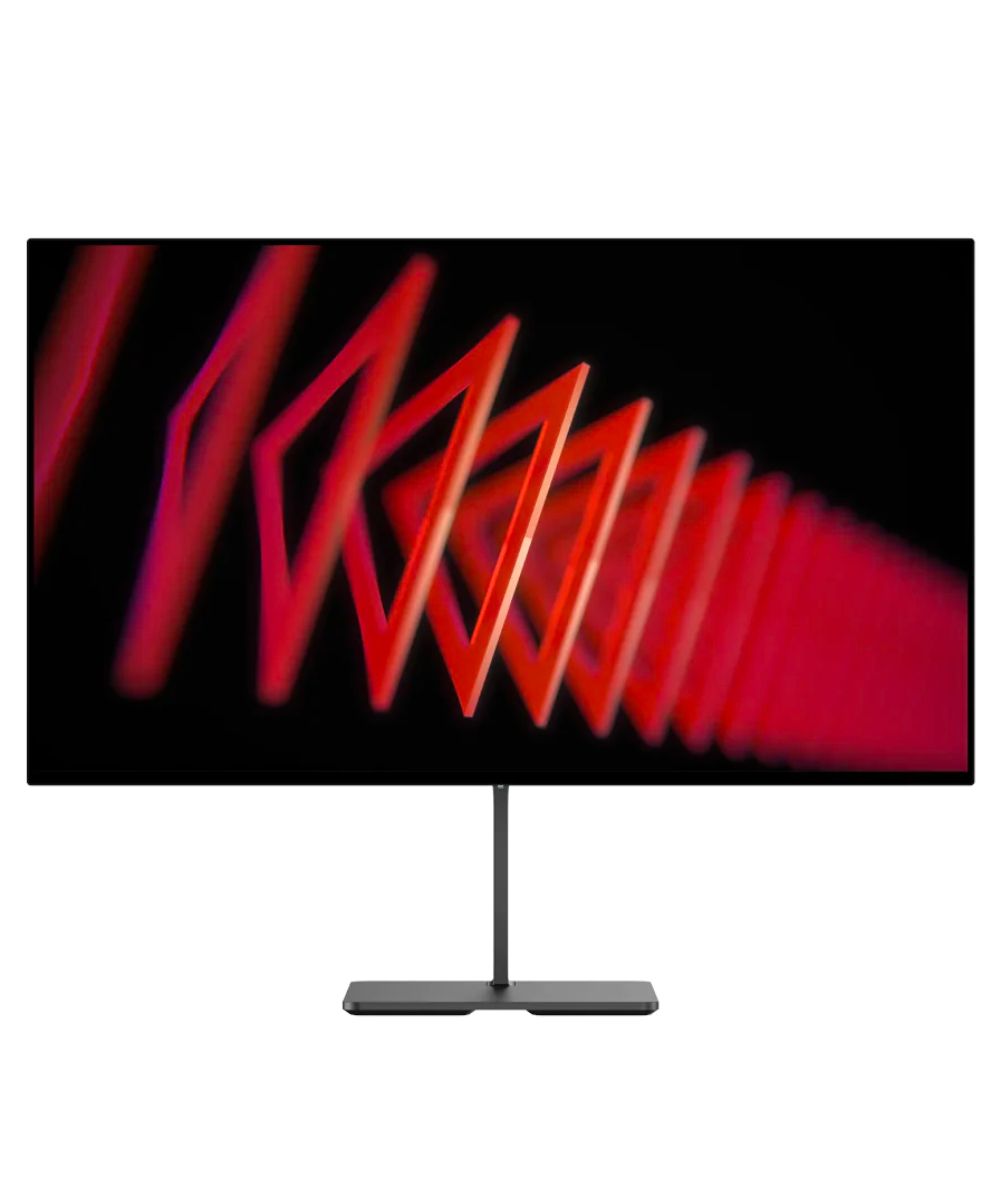
Dough is the maker of some epic monitors, and this 4K glossy monitor has everything that a gamer might want —mostly that monster 144Hz refresh rate for buttery smooth gaming. That glossy display surface might add up to some irritating glare, so opt for the matte panel version if you're using it in direct sunlight.
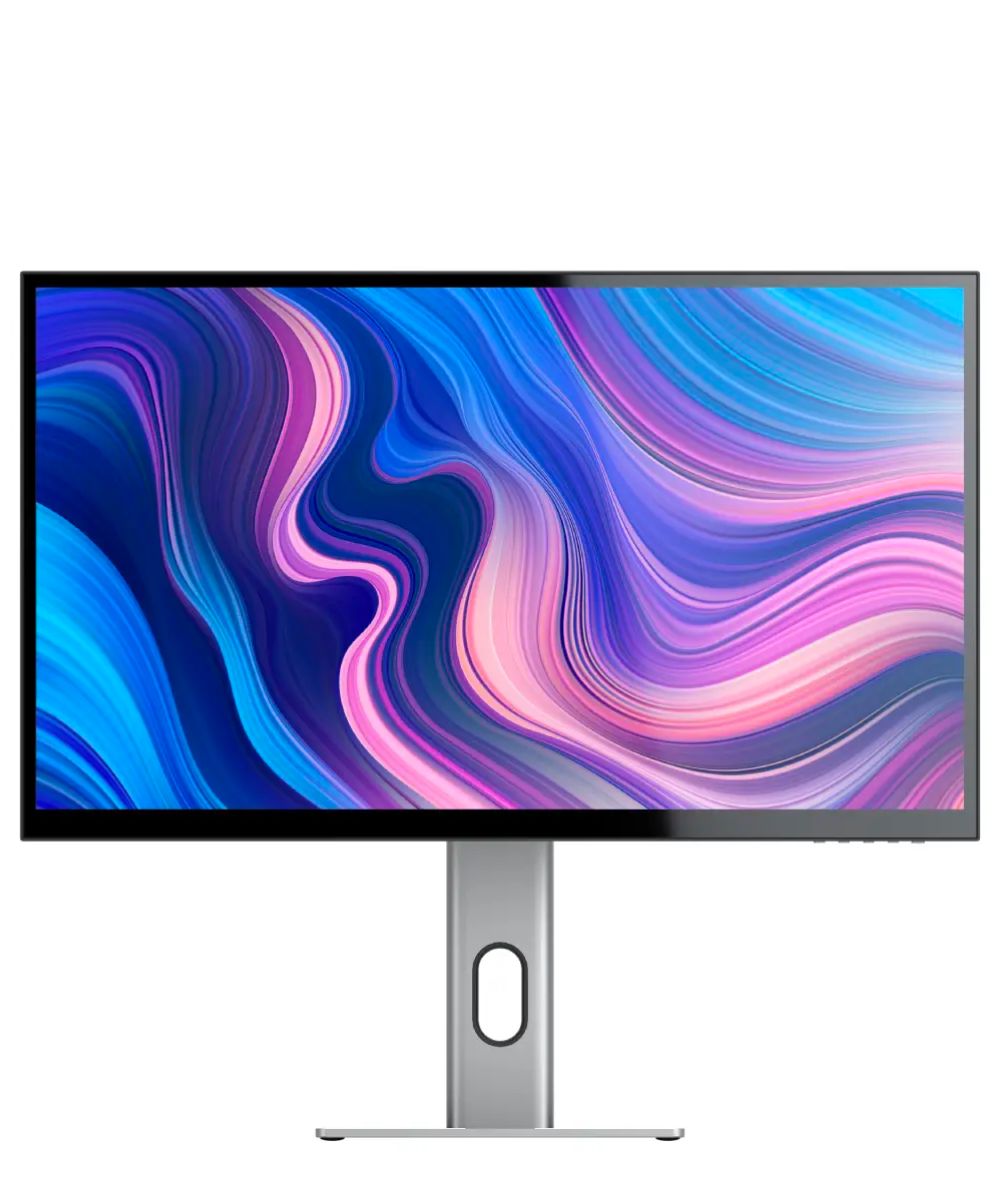
The Alogic Clarity monitor family is something of a wonder —they manage to keep the cost down but provide some incredible displays that rival more expensive options. The version we tried is the touch, but the standard Clarity uses the same internal processing and display panel. For $699, it's an absolute steal.
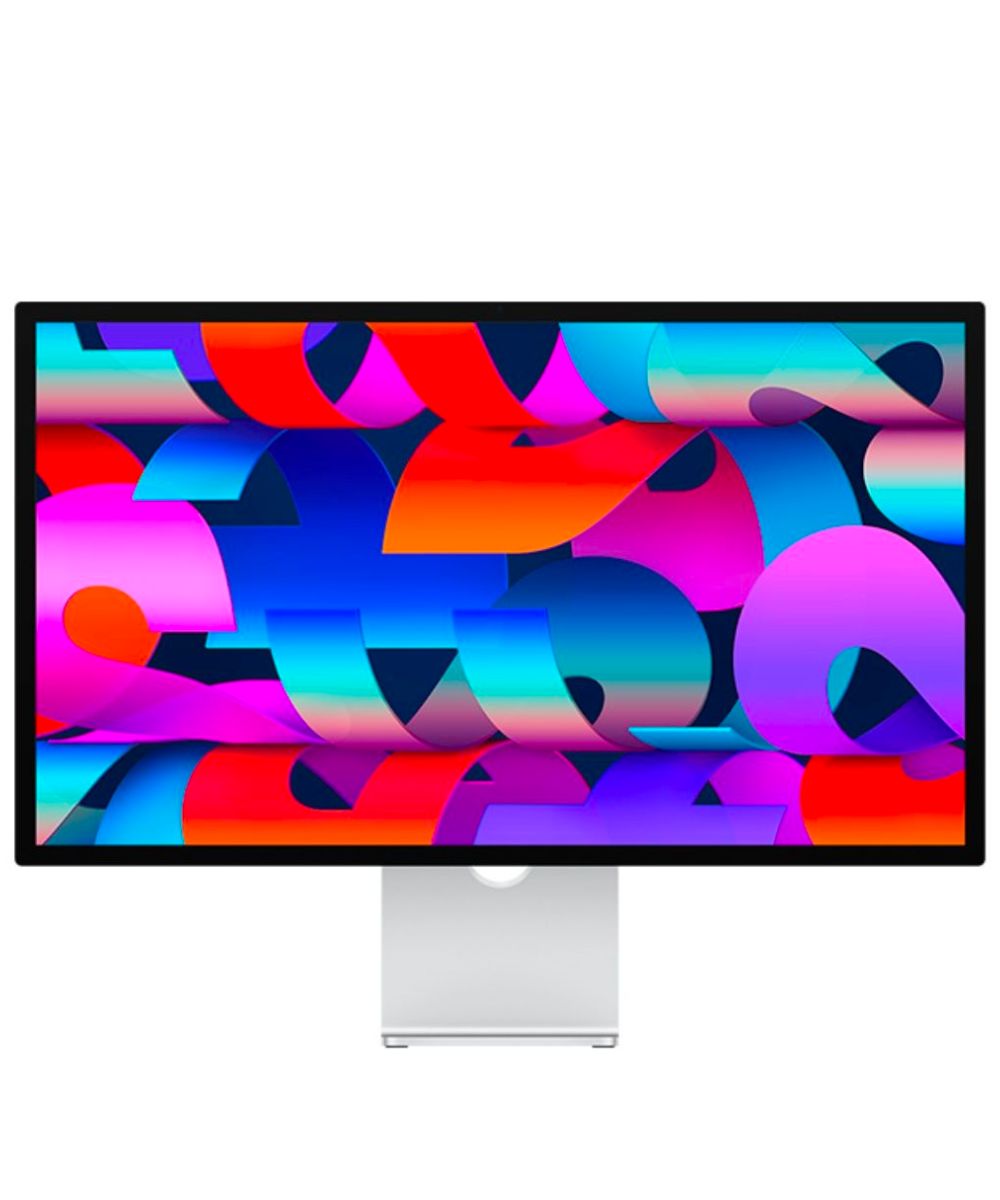
It's big, made of metal, and has a whopping great 5K display on the front — the Apple Studio Display is really something to witness. It sounds good too, although you'll pay through the nose for it. There's no denying that if you want the most attractive picture you can buy, the Studio Display is the way to go.
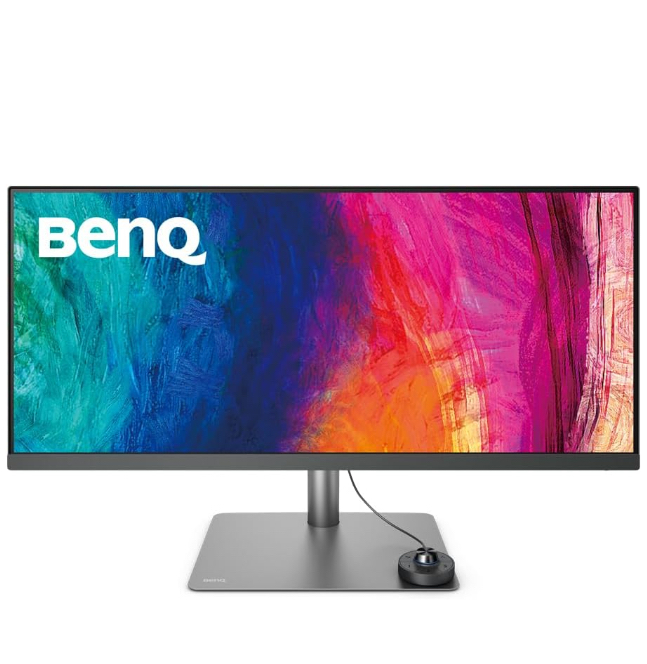
Want a bigger screen? This 34-inch ultrawide display is perfect for getting work done, and it has incredible color accuracy, too. While it's not as vibrant as the Apple Studio Display, it's also far cheaper. With extra screen real estate, you get a fantastic experience. You'll need some extra room, but you'll not regret plugging your MacBook Air into this one.
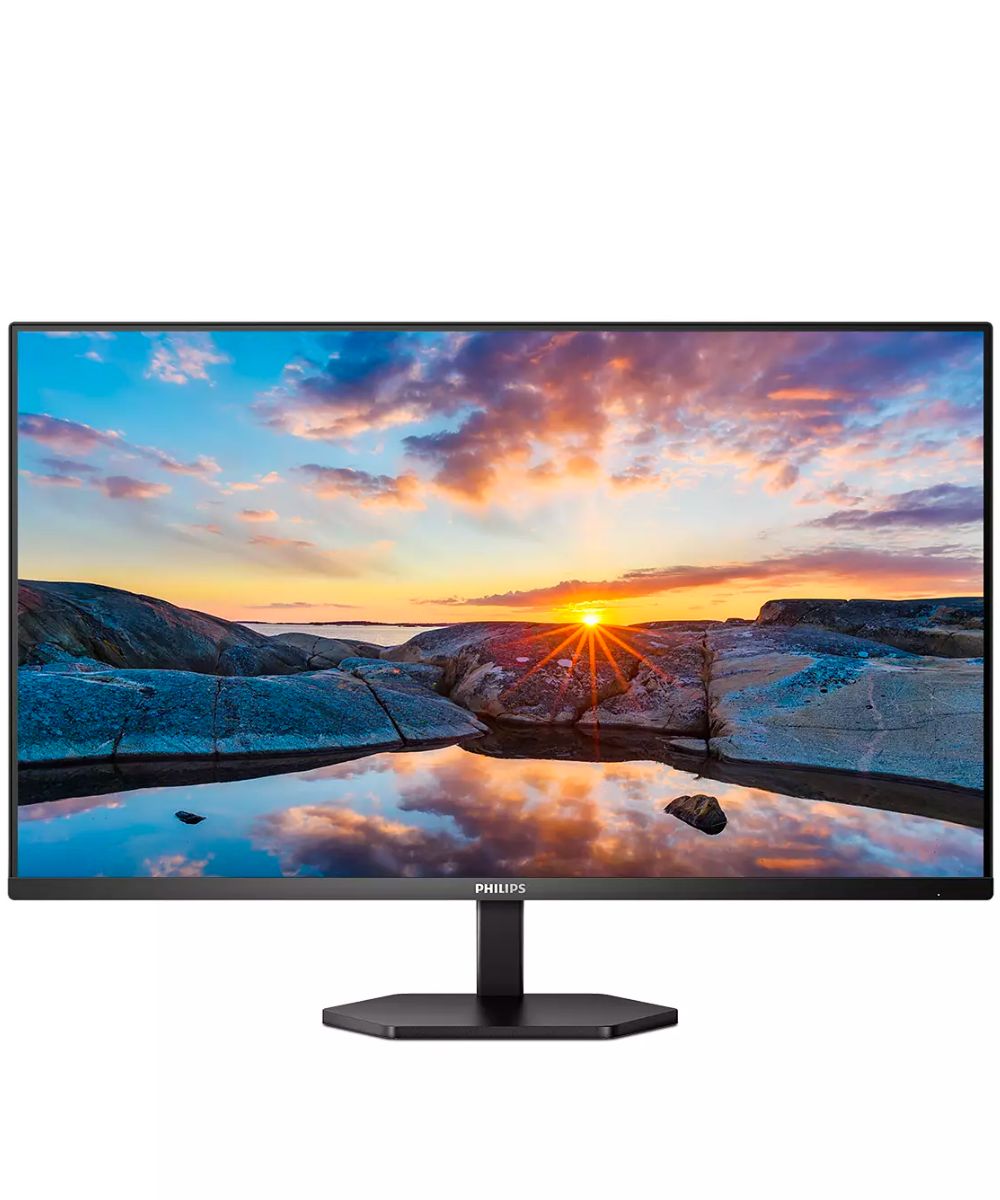
This is the cheapest monitor on the list, as it lacks the 4K display of all the other options. It's still QHD, however, so it will be crisper and fit more on screen than a 1080p monitor. It's big as well, at 32 inches, so you'll have plenty of screen to get around with your work.
If you're looking for a budget option that completes your setup without breaking the bank, the Philips 32E1N3600LA is a brilliant option.
Best overall
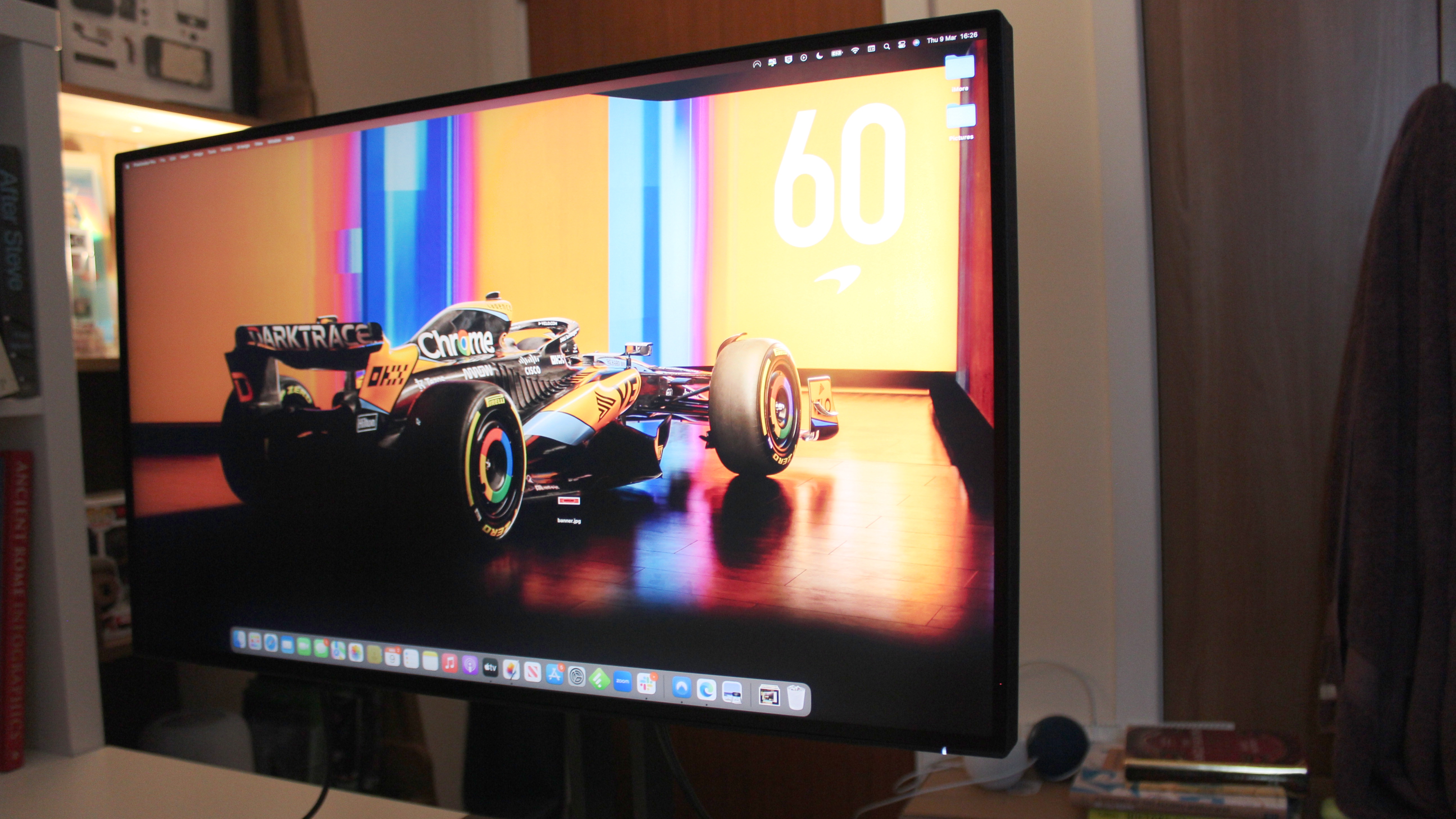
Specifications
Reasons to buy
Reasons to avoid
In my Philips 27B1U7903 review I was blown away by this monitor's immense display quality, and its incredible utility as a hub thanks to its extensive ports. It can deliver charging and display connectivity through Thunderbolt and has more ports for USB (both A and C), HDMI, DisplayPort, Ethernet, and audio. It looks absolutely fantastic thanks to its DisplayHDR 1400 technology and is the ultimate MacBook Air companion.
Best for gamers
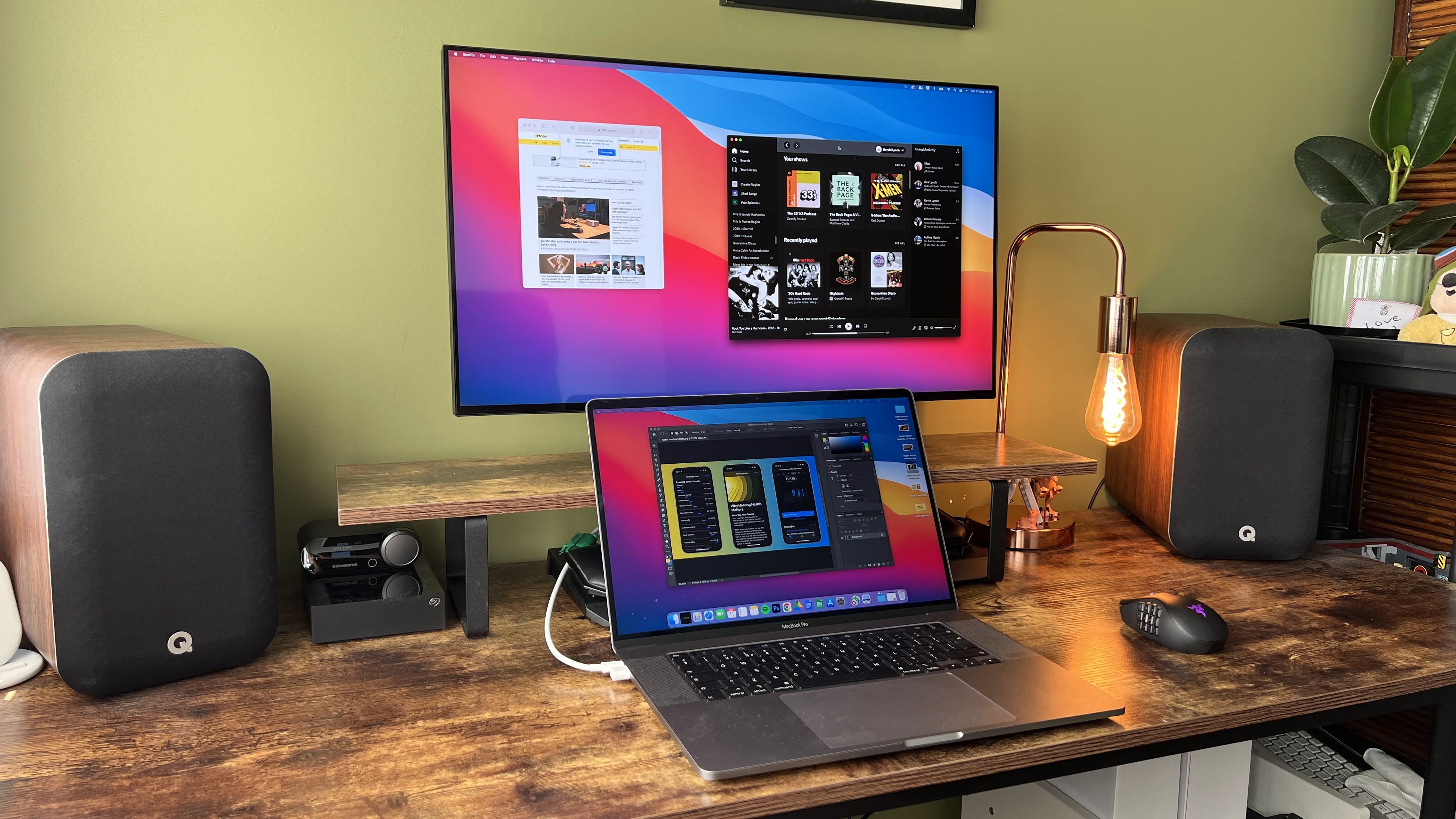
Specifications
Reasons to buy
Reasons to avoid
If you're looking to game on your monitor as well as work on your MacBook Air alongside it, this superb screen from Dough is well worth your money. 4K, 144Hz, and using an unusual (but very rich and attractive) glossy panel, it's a premium display that can make your games look awesome and silky smooth in motion.
The Dough Spectrum 4K 144Hz glossy monitor port selection is incredible too. Not only does it offer Display Port 1.4, but the 27-inch screen has also 2x HDMI 2.1 for modern console's advanced display settings, 1x USB Type-C (video, 100W power for keeping your MacBook Air juiced, and USB hub capabilities), 1x USB Type-B (USB hub), 1x USB Type-C, 2x USB Type-A, and a 3.5mm audio jack. It also supports the variable refresh rate tech offered up by Nvidia’s G-Sync and AMD’s Freesync. It’s fully featured for the modern gamer's needs.
The Dough Spectrum 4K 144Hz glossy monitor is available now, priced at $1,099 for the display and an additional $99 for its svelte stand. It's available exclusively at the time of writing directly from Dough.
Best value
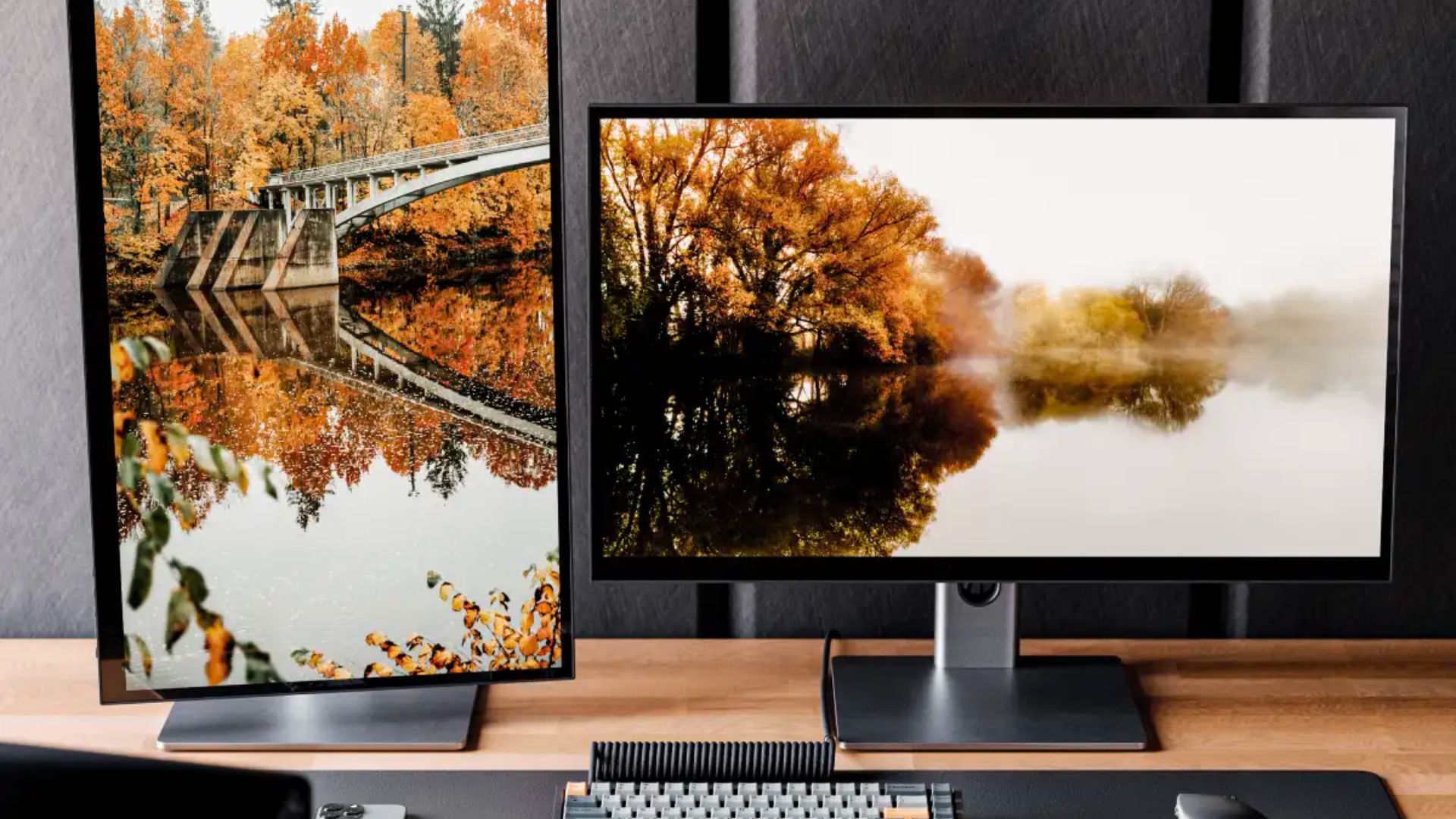
Specifications
Reasons to buy
Reasons to avoid
The Alogic Clarity monitor is available in a couple of different options. First, is the standard Clarity monitor, which is just that, a nice 4K monitor. It costs $699, and comes close in display quality to the Apple Studio Display for a fraction of the cost. Second is the Clarity Pro, which has the same display panel but a built-in camera — that option costs $849, still under the Apple Studio display. Finally, the top of the Clarity tree is the touch version, which has the Pro's camera, and, obviously, a touch screen.
We tried out the latter, and the extra features easily make it worth the extra, at $999 — you'll notice, still less than the Studio Display. It's really a miracle how Alogic has managed to pump so much goodness into such a reasonably priced professional-grade monitor.
Now, you're not going to get the best build quality out of this one. Not that it's bad; for $699 it's perfectly fine, but the competition is built slightly better with more metal all over the place. The on-screen menu is a little convoluted as well, but once you know where everything is and how it works you'll be fine. And then you'll get to enjoy its pin-sharp 4K display, with support for HDR and with superb color accuracy. An excellent monitor not just for the price, but overall.
Best premium
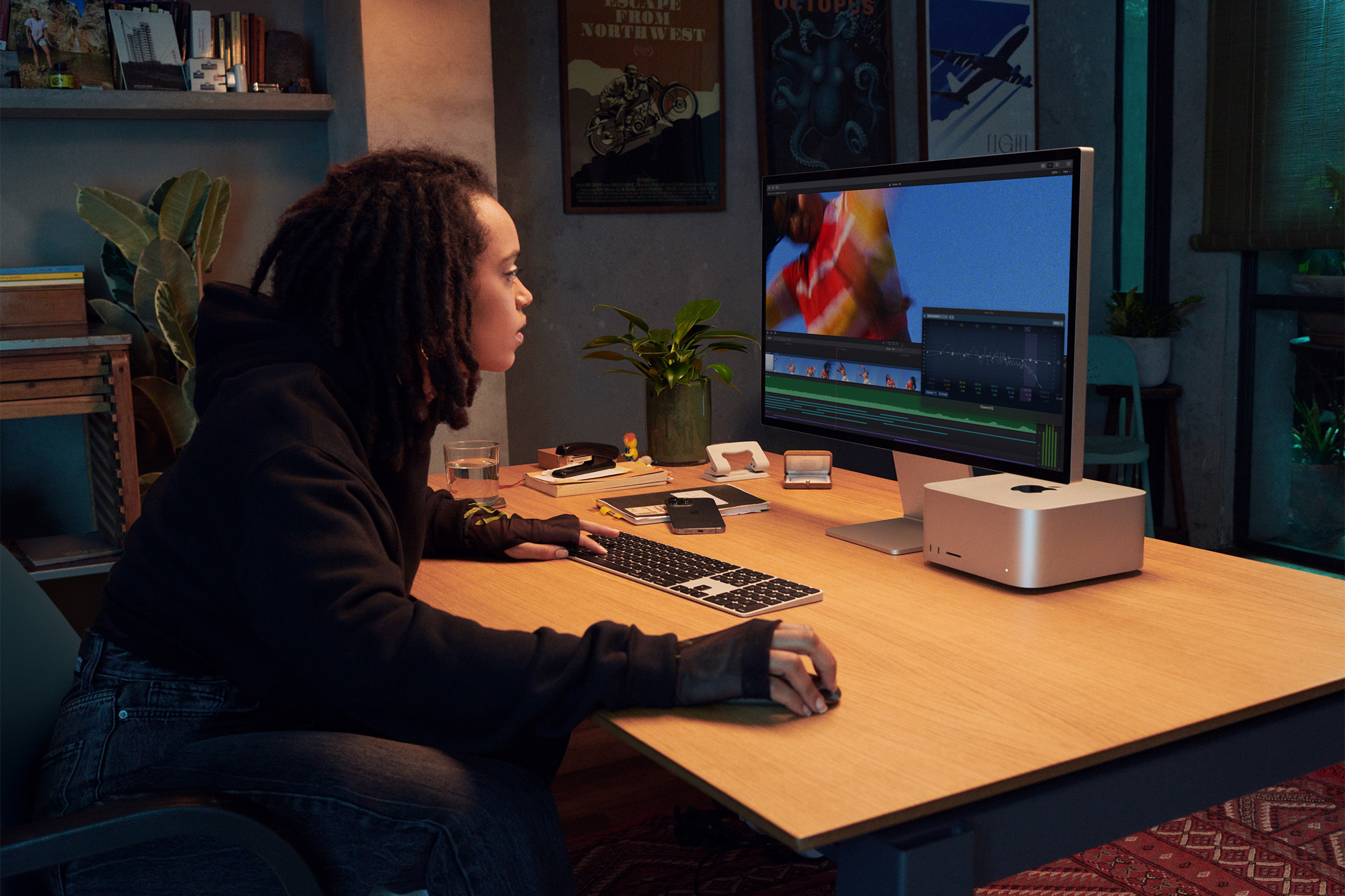
Specifications
Reasons to buy
Reasons to avoid
If you own a MacBook Air, it makes sense you might want to consider the Apple Studio Display, which we reviewed and were pleased with last year. First introduced in 2022 alongside the Mac Studio, the monitor offers a nearly perfect 5K display and matches the Apple aesthetic, as expected.
You'll love the monitor's vibrant color accuracy, contrast, and detailed calibration option if you're creative. Are you a music fan? You'll appreciate its six-speaker sound system with Spatial Audio and a three-mic array. When you add in the 12MP Ultra-Wide camera with Center Stage, you have a workhouse of a display that supports any number of professional activities.
For compatibility, the display comes with a Thunderbolt 3 port and three USB-C ports, which means you may need a dongle if you have a lot of devices and accessories to connect.
The biggest concern about the Apple Studio Display is its price. It's likely more expensive than your MacBook Air.
Best big screen
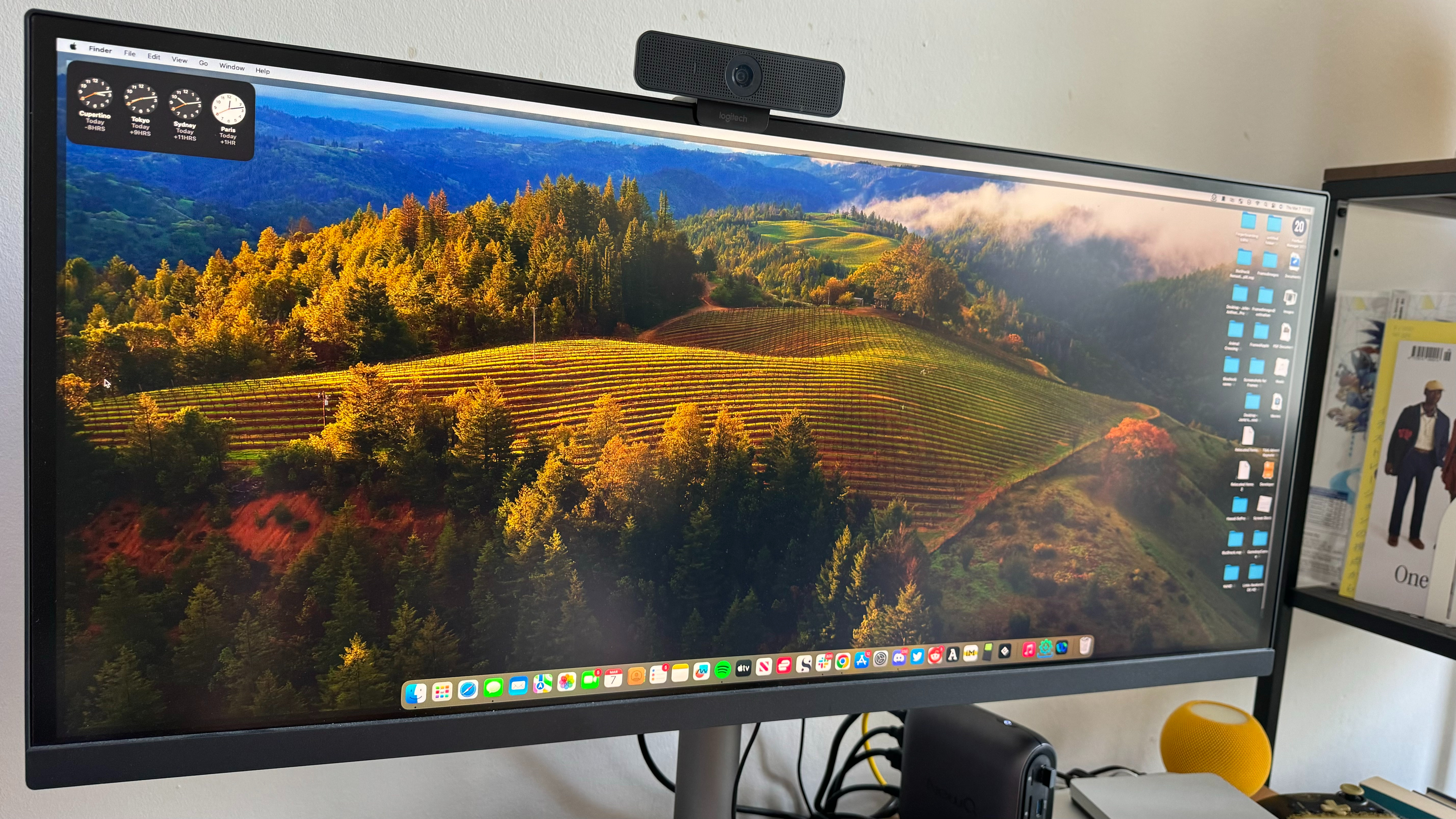
5. BenQ PD3420Q
Our expert review:
Specifications
Reasons to buy
Reasons to avoid
The BenQ PD3420Q is awesome. It's an ultrawide display that makes using your MacBook Air with an external display a joy. It's pretty big at 34 inches, but that extra screen real estate is a game changer for productivity. The colors are sumptuous, the display crisp and clear, and the anti-glare coating does a stellar job.
The controls are cool, too. They're housed in a separate little dial of buttons in a puck. They're much easier to get to than traditional buttons on a monitor, giving you quick and easy access when you need to dial in the settings.
While the stand is on the larger side, you can easily adjust the height, and considering the price which sits around the $750 mark, you won't find a much better complete package.
Best budget
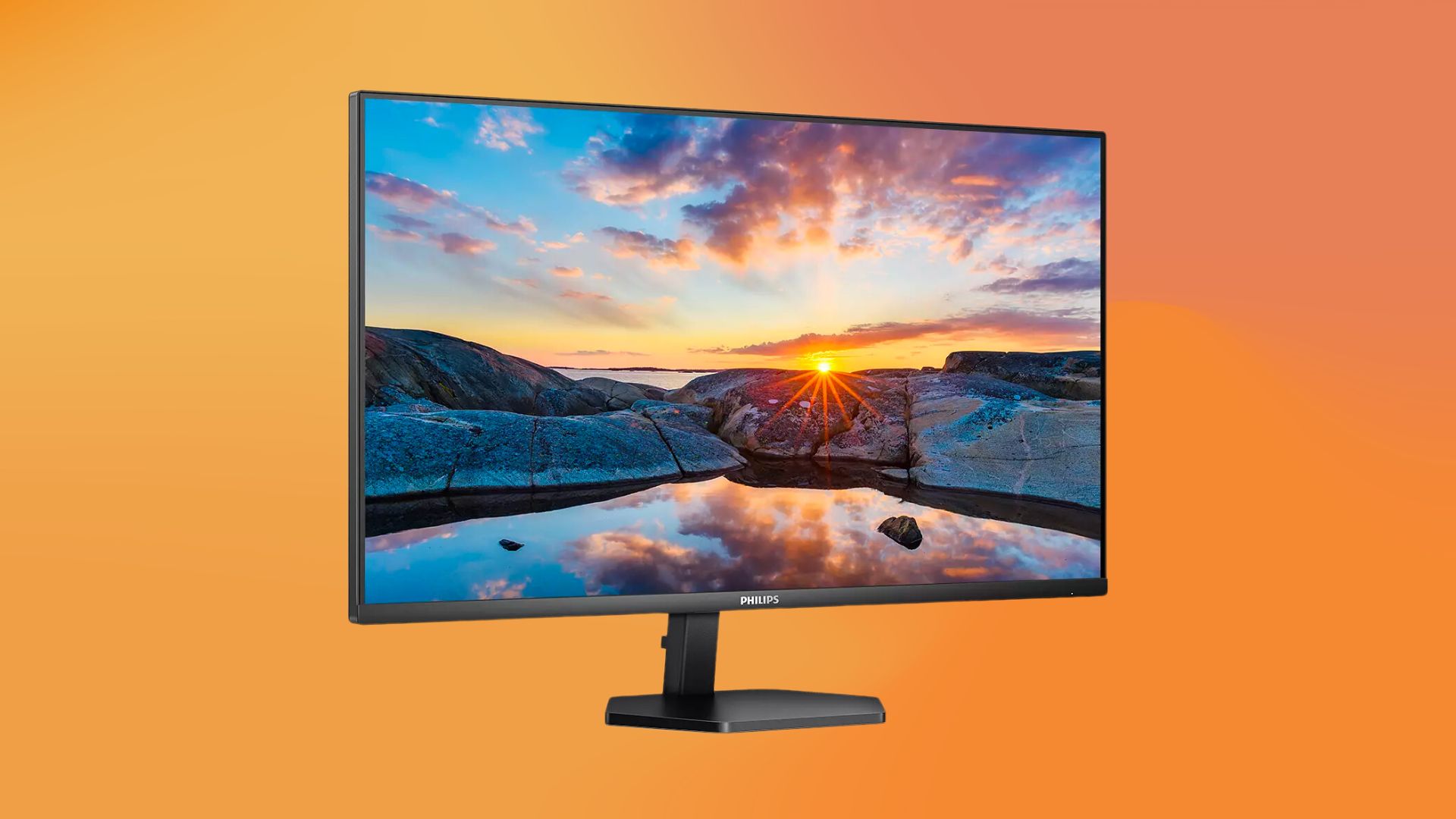
6. Philips 32E1N3600LA
Specifications
Reasons to buy
Reasons to avoid
Compared to the all-singing, all-dancing monitors that dominate this list, this Philips display might not seem like something you might want to consider when buying a new monitor for your MacBook Air. If, however, you've spent all your money on a new MacBook but still need a monitor, then this will do you just fine.
The QHD resolution is still sharper and clearer than a 1080p option, and its 32-inch size will give you plenty of space to fit all your work. Connecting is easy over USB Type-C, as well as the HDMI and DisplayPorts should you need those with other kit you've got. It's a chunky monitor, so it will take up lots of space, but it's got plenty of punch to make up for it.
Oh, and it costs under $300.
Q&A
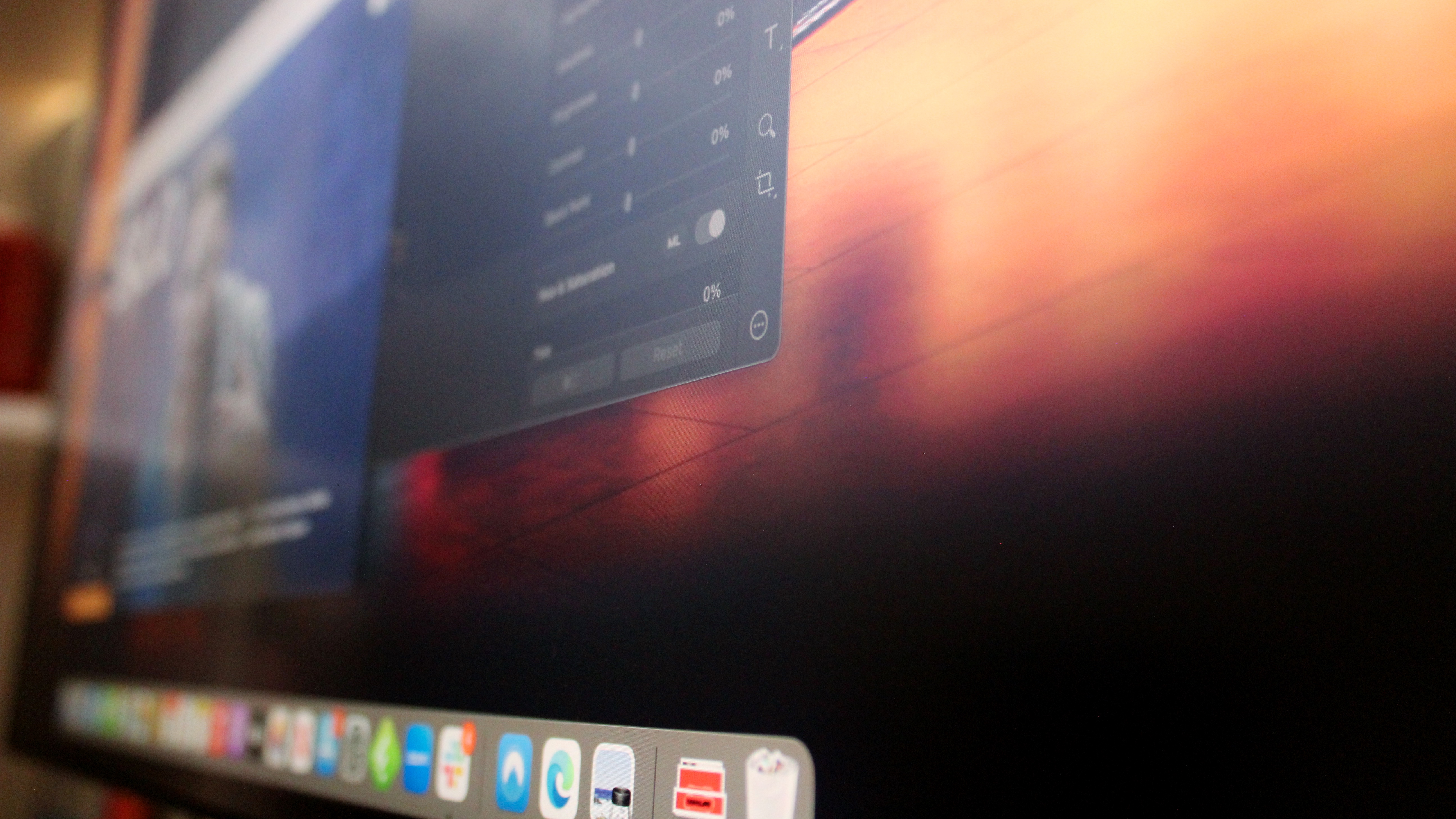
There are a few things you should consider when buying a MacBook Air. Here are our top considerations:
- Size - this is an obvious one, but the size of a monitor is very important. A larger display will mean more information and content shown on screen, while a smaller display will take up less room, be cheaper, and use less energy
- Resolution - the number of pixels in a display determines how much detail you see and how good the picture is. A 4K monitor is the standard these days. A 5K monitor like the Apple Studio Display will offer twice as much detail while keeping the proportions of macOS just right, but at a cost. You may also want to consider a normal 1080p HD monitor, which will have lower visual fidelity but cost much less.
- Colors - Monitors will offer various color modes that can be used for things like photo and video editing, this is particularly important if you want to undertake visual-heavy tasks using your new monitor.
- Ports and connectivity - A monitor will take up one of your MacBook Air's ports, but the right monitor can actually expand and increase connectivity, with the best options listed here also acting like hubs to add USB connectivity, charging, and more
The best monitor for MacBook Air - alternatives
You can always trust iMore.
All of these MacBook Air monitors hit the 27-inch display size sweet spot. For a larger display, I'd recommend the BenQ PD3220U, a 32-inch monitor from our best 4K monitors for Mac guide.
How we test monitors
All of these MacBook Air monitors have been reviewed by iMore, and we've put them through their paces in a number of different ways. A monitor review includes testing in day-to-day use, and viewing in various scenarios to test performance in specific areas. That includes viewing videos, photo and video editing, gaming, and more. We also test these products over an extended period of time to ensure that products are reliable when it comes to durability and build quality, and are designed and built to last.
What monitors can I use with a MacBook Air
You can use any monitor with a MacBook Air provided that it can be connected to your MacBook with USB-C. That can be done with a USB-C cable or with an adapter to a different type of connector such as HDMI. Any monitor you can use with a Windows laptop or PC can be used with a Mac, there are no restrictions.
Can I use a non-Apple display with my MacBook Air?
You can indeed! You can use any monitor with the MacBook Air M1 and M2, although you'll need to make sure that you've got some kind of dongle if you choose a monitor that connects over HDMI.
What monitor is best for MacBook Air?
The best Monitor for the MacBook Air is the Philips 27B1U7903 because it has USB-C connectivity, fantastic colors, and great connectivity options.
Can M3 MacBook Air run two monitors?
Yes, the M3 MacBook Air supports two external monitors, although you'll need to make sure your device is in clamshell mode to take advantage of the extra screen real estate.
Can MacBook Air run two monitors?
Only the M3 MacBook Air can run two external monitors simultaneously.
iMore offers spot-on advice and guidance from our team of experts, with decades of Apple device experience to lean on. Learn more with iMore!

Stephen Warwick has written about Apple for five years at iMore and previously elsewhere. He covers all of iMore's latest breaking news regarding all of Apple's products and services, both hardware and software. Stephen has interviewed industry experts in a range of fields including finance, litigation, security, and more. He also specializes in curating and reviewing audio hardware and has experience beyond journalism in sound engineering, production, and design.
Before becoming a writer Stephen studied Ancient History at University and also worked at Apple for more than two years. Stephen is also a host on the iMore show, a weekly podcast recorded live that discusses the latest in breaking Apple news, as well as featuring fun trivia about all things Apple. Follow him on Twitter @stephenwarwick9
- John-Anthony DisottoHow To Editor
